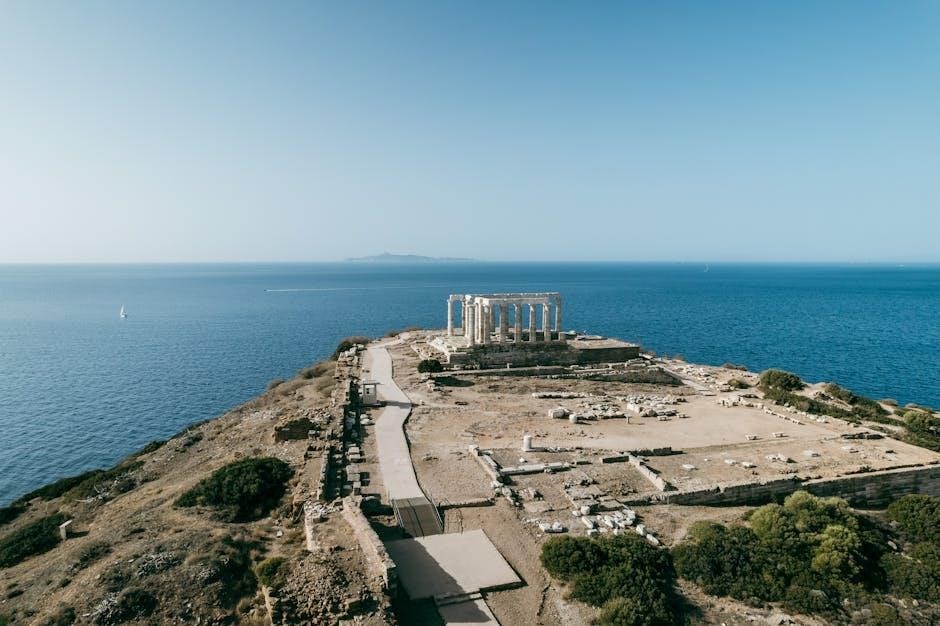
Overview of Cataclysm Classic Archaeology
Cataclysm Classic Archaeology is a secondary profession introduced in the Cataclysm expansion. Accessible by all characters, it allows players to excavate ancient fragments and craft unique items.
Archaeology is a secondary profession introduced in the Cataclysm expansion, offering a unique way to explore Azeroth’s history. Players can discover ancient artifacts, fragments, and relics by excavating at dig sites across the world. This profession is accessible to all characters, regardless of their class or race, and provides a fresh perspective on the game’s lore. Unlike other professions, Archaeology focuses on uncovering and piecing together remnants of old civilizations, rather than crafting items from raw materials. The process involves using a Survey tool to locate fragments, which can then be combined to create valuable items. Archaeology adds depth to the game, blending exploration with rewards that range from cosmetic items to powerful equipment.
1.2 Importance of Archaeology in Cataclysm Classic
Archaeology in Cataclysm Classic holds significant value as it offers unique rewards and enhances gameplay depth. Unlike other professions, it provides exclusive items, including high-end gear and rare cosmetics, which are highly sought after by players. The profession allows players to uncover fragments of ancient civilizations, offering a fresh way to engage with the game’s lore and history. Additionally, the items crafted from these fragments are competitive, even in endgame content, making Archaeology a valuable profession for both casual and hardcore players. Its accessibility as a secondary profession ensures it complements other skills without conflicting with primary proficiencies, making it a worthwhile pursuit for any character.
1.3 Key Features of Cataclysm Classic Archaeology
Cataclysm Classic Archaeology introduces a unique secondary profession that allows players to uncover ancient relics and artifacts. Key features include the use of the Survey tool, which helps locate dig sites across Azeroth. Players can excavate fragments from these sites, which can be combined with keystones to craft valuable items. The profession also offers a variety of rewards, such as high-end gear, cosmetic items, and rare novelty items. Archaeology is distinct from other professions as it focuses on exploration and discovery, providing a fresh gameplay experience. The ability to progress from level 1 to 525 adds depth, with later levels unlocking more complex recipes and rarer items. This feature-rich system makes Archaeology a rewarding and engaging activity for players seeking both utility and lore-driven content.
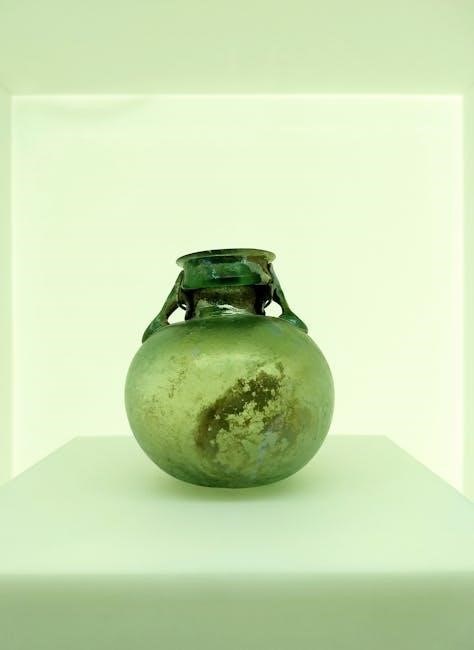
Getting Started with Cataclysm Classic Archaeology
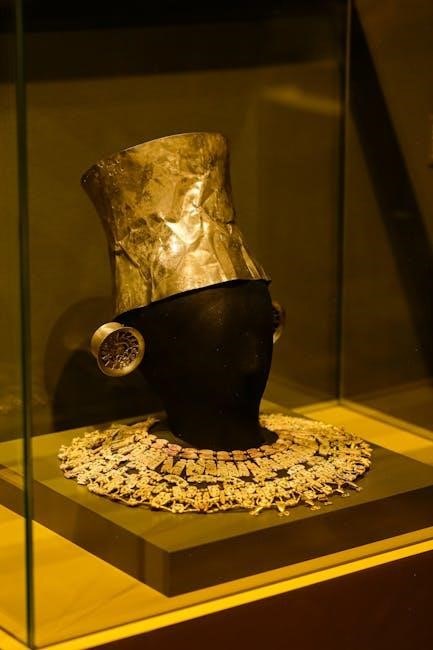
To begin, players must locate an Archaeology Trainer in major cities like Stormwind or Orgrimmar. Trainers teach the profession, enabling the use of the Survey tool to find dig sites and start excavating fragments.
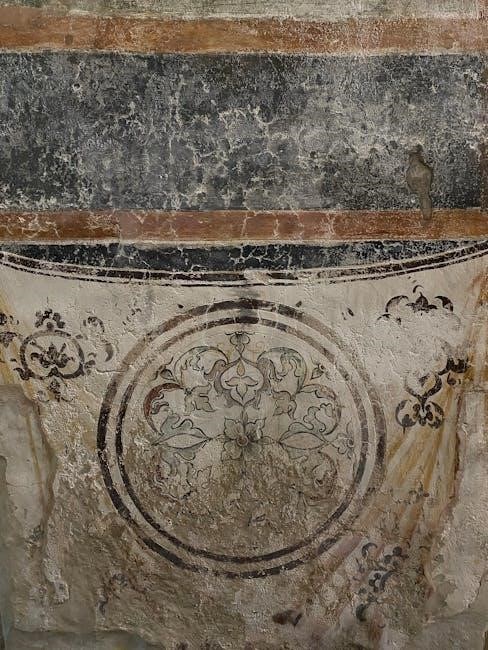
2.1 How to Learn Archaeology
To learn Archaeology in Cataclysm Classic, players must find an Archaeology Trainer in a major city such as Stormwind, Orgrimmar, or Dalaran. These trainers are easily located and will teach the profession, granting the ability to use the Survey tool. Once trained, players can begin their journey to uncover ancient artifacts. The process is straightforward, making it accessible for new players. Archaeology is a secondary profession, so it does not interfere with primary professions. Trainers provide all necessary information, and the skill is learned instantly. With the Survey ability unlocked, players can start exploring dig sites and collecting fragments. This marks the beginning of an exciting adventure into Azeroth’s historical secrets. The trainers are always available, ensuring players can start their Archaeology journey at any time.
2.2 Finding an Archaeology Trainer
Finding an Archaeology Trainer in Cataclysm Classic is straightforward. Trainers are located in major cities such as Stormwind, Orgrimmar, and Dalaran. In Stormwind, the trainer can be found near the city’s library, while in Orgrimmar, they are located in the Valencia’s Reach area. Dalaran’s trainer is situated near the city’s central square. Additionally, Shattrath also has a trainer for those who frequently visit the city. To locate a trainer, players can ask city guards for directions or check the minimap for profession icons. Once found, trainers will teach the Archaeology skill, enabling players to begin their journey; These trainers are accessible at all times, making it easy for players to start the profession whenever they choose.
2.3 Understanding the Survey Tool
The Survey Tool is a crucial instrument in Cataclysm Classic Archaeology, used to locate fragments at dig sites. Once activated, it scans the area and points towards the nearest fragment, indicated by a yellow arrow. Players can use it every 10 seconds, making it essential to position themselves strategically. The tool’s effectiveness depends on proximity to the fragment, requiring players to move in the direction indicated. Proper use of the Survey Tool streamline the excavation process, reducing time spent searching and increasing fragment yield. Mastery of this tool is key to efficiently leveling the Archaeology skill and uncovering rare artifacts.
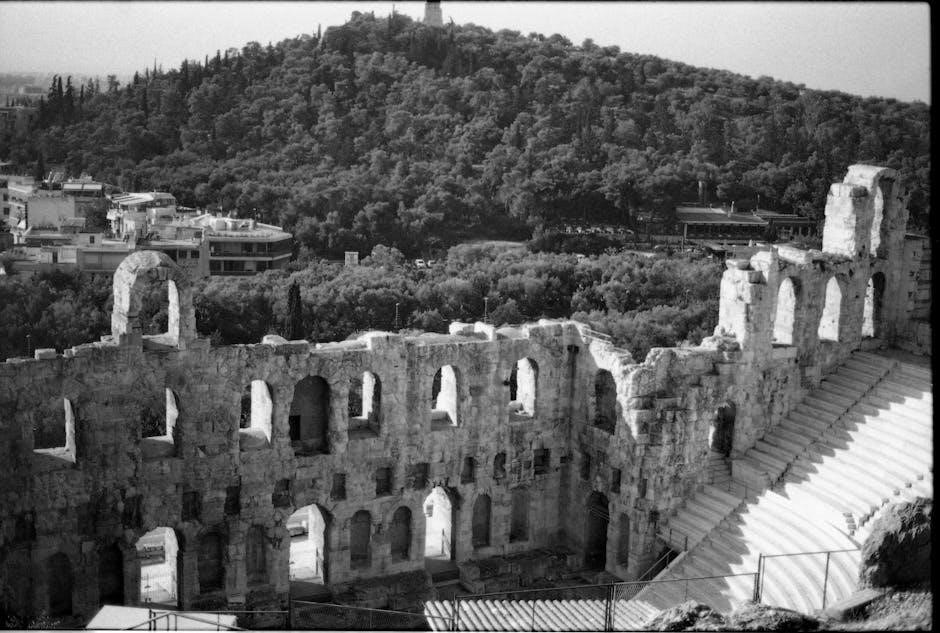
The Archaeology Process
The Archaeology process involves locating dig sites, surveying for fragments, and piecing together artifacts. It combines exploration, strategy, and patience to uncover hidden treasures and rewards in-game.
3.1 Locating Dig Sites
Locating dig sites is the first step in the Archaeology process. Players use the Survey tool to identify areas where fragments can be found. These sites are marked on the map as yellow circles and are specific to certain races or regions. Higher skill levels improve the quality of fragments discovered. Keystone fragments, which are rare and valuable, can also be found at dig sites. The process requires patience, as each site may need to be surveyed multiple times to uncover all available fragments. Strategically choosing dig sites based on their potential rewards and proximity can enhance efficiency. Additionally, add-ons and in-game tools can help streamline the process of locating and managing dig sites effectively.
3.2 Excavating Fragments
Excavating fragments is a core part of the Archaeology process. Once a dig site is located, players use the Survey tool to search for fragments; Each survey can yield common, rare, or even keystone fragments, depending on the site and skill level. Higher Archaeology skill increases the chance of finding rare fragments. Each dig site typically requires multiple surveys to uncover all available fragments. Players should be mindful of their inventory space, as fragments can accumulate quickly. Common fragments are often used to solve artifacts, while rare and keystone fragments are reserved for special projects. Efficient excavation requires balancing the number of surveys with the fragments needed to complete specific artifacts. Managing fragment inventory is essential to avoid waste and maximize progress in the profession.
3.3 Using Keystone Fragments
Keystone fragments are rare and valuable components in Cataclysm Classic Archaeology, essential for crafting unique and powerful artifacts. They can be obtained from specific dig sites, with higher-level sites offering better drop rates. A higher Archaeology skill level increases the likelihood of finding these fragments. When used in combination with other fragments, keystones help solve artifacts, often unlocking rare rewards such as epic gear or cosmetic items. Strategic management of inventory is crucial, as keystones are typically bound to the player and cannot be traded. Efficient use involves selecting the right dig sites and optimizing fragment combinations to maximize rewards. As players advance in Archaeology, their ability to effectively utilize keystone fragments improves, enhancing the overall progression and desirability of the profession.
Leveling Your Archaeology Skill
Leveling Archaeology begins at skill level 1 and progresses up to 525. Players gain experience by surveying dig sites and collecting fragments, with higher levels unlocking new rewards and excavation opportunities.
4.1 Leveling Archaeology from 1-300
Leveling Archaeology from 1 to 300 is the initial phase of mastering the profession. Players begin by visiting an Archaeology trainer in major cities like Stormwind or Orgrimmar. The early levels focus on familiarizing yourself with the survey tool, which pinpoints dig sites across Azeroth. As you progress, you’ll gather fragments from various racial sites, such as Night Elf or Dwarf digs. These fragments can be used to craft items, providing skill-ups and progression. The process is straightforward, with each survey yielding fragments that contribute to leveling. Efficiency is key, as focusing on high-density dig sites and using keystones can accelerate your journey to 300.

4.2 Leveling Archaeology from 300-525
Leveling Archaeology from 300 to 525 is the advanced phase of the profession. At this stage, the process becomes more challenging but also more rewarding. Players must focus on higher-level dig sites, which yield rare and valuable fragments. Using keystones effectively becomes crucial, as they significantly increase the chances of discovering rare items. The survey tool remains essential, guiding players to the most lucrative locations. As you progress, the variety of items you can craft expands, offering powerful gear and unique cosmetic rewards. Reaching 525 unlocks the full potential of Archaeology, allowing access to all features and rewards. Efficient strategies, such as prioritizing specific racial sites and managing fragment inventory, are key to accelerating your progression during this phase.
4.3 Efficient Leveling Strategies
To level Archaeology efficiently, focus on optimizing your digging process. Prioritize dig sites close to your current location to minimize travel time. Use the survey tool strategically to identify high-yield areas quickly. Always carry extra bags to avoid inventory overflow, as fragment storage is limited. Specialize in specific racial fragments to unlock rare items faster. Keystone fragments are invaluable for completing artifacts, so use them wisely to maximize rewards. Rotate between dig sites to avoid depletion and maintain a steady flow of fragments. Consider grouping with friends to share keystones and speed up progression. Lastly, utilize add-ons or guides to highlight optimal digging routes and reduce downtime. These strategies ensure a smoother and faster journey to reaching 525.
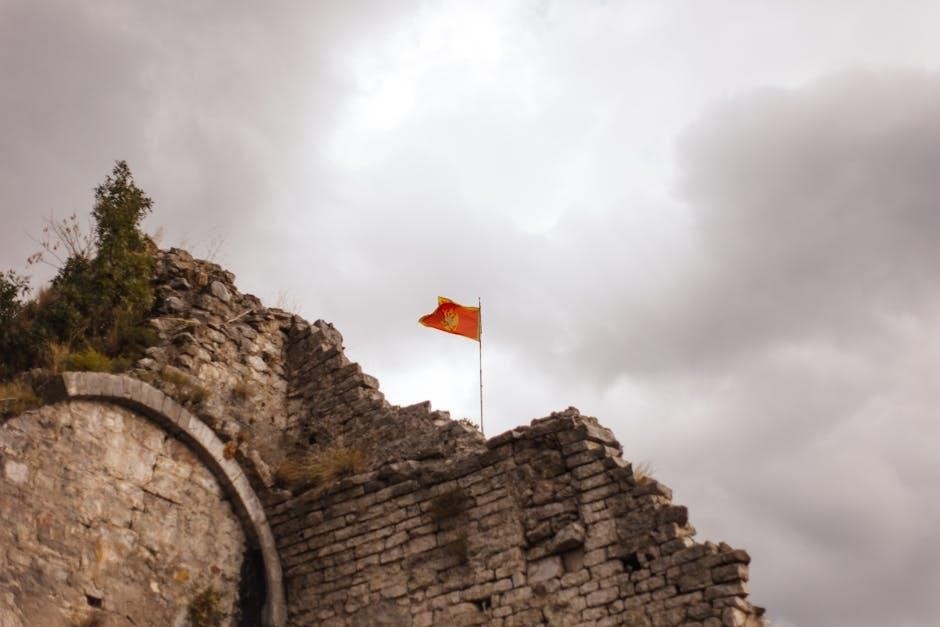
Archaeology Rewards
Archaeology in Cataclysm Classic offers various rewards, including powerful gear, cosmetic items, and rare artifacts. Players can earn unique items that enhance gameplay and character appearance significantly.
5.1 Archaeology Gear and Equipment
Archaeology in Cataclysm Classic provides access to high-quality gear and equipment. These items, such as weapons and armor, are crafted using fragments and keystones. They offer excellent stats, making them desirable for both PvE and PvP. The gear is particularly valuable during the early stages of the expansion, as it fills gaps in equipment until better drops are obtained. Additionally, the gear is ilevel 359, which is competitive even in endgame content. This makes Archaeology a worthwhile profession for players seeking to enhance their character’s performance without relying solely on drops from dungeons or raids.
5.2 Cosmetic and Novelty Items
Cataclysm Classic Archaeology also offers a variety of cosmetic and novelty items that add flavor to your character. These include unique pets, mounts, and toys, such as the Fossilized Raptor and Pterodactyl pets, which are highly sought after by collectors. Additionally, players can craft items like the Staff of the Lightbringer, a cosmetic weapon that resembles a powerful artifact. These items serve no functional purpose but provide aesthetic appeal and a sense of accomplishment. They are particularly popular among role-players and collectors who enjoy showcasing rare and unique items. Cosmetic items can be crafted using surplus fragments and keystones, making them a fun way to personalize your character without impacting gameplay performance.
5.3 Rare and Unique Rewards
Cataclysm Classic Archaeology offers rare and unique rewards that set it apart from other professions. Players can craft high-level gear, such as 359 ilevel weapons and armor, which are highly competitive even during endgame content. These items are particularly valuable for players looking to optimize their characters. Additionally, Archaeology provides access to rare pets and mounts, such as the Fossilized Raptor and Pterodactyl, which are highly sought after by collectors. These rewards are exclusive to Archaeology and cannot be obtained through other means, making them a major draw for players. The process of uncovering these rare items adds an exciting layer of discovery and accomplishment to the profession.
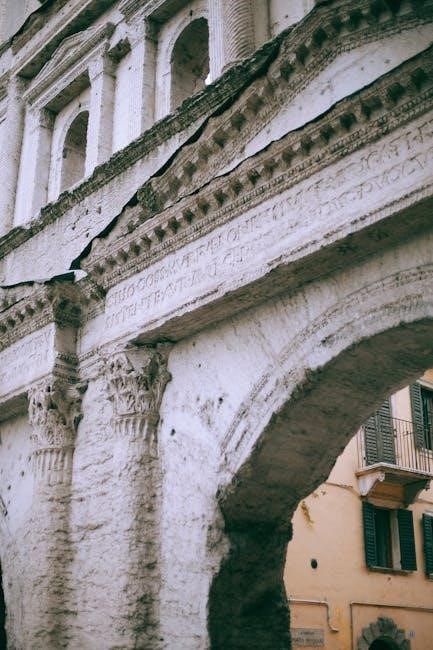
Advanced Archaeology Tips
Mastering Cataclysm Classic Archaeology involves optimizing fragment management, maximizing keystone usage, and strategically selecting dig sites to enhance efficiency and reward acquisition.
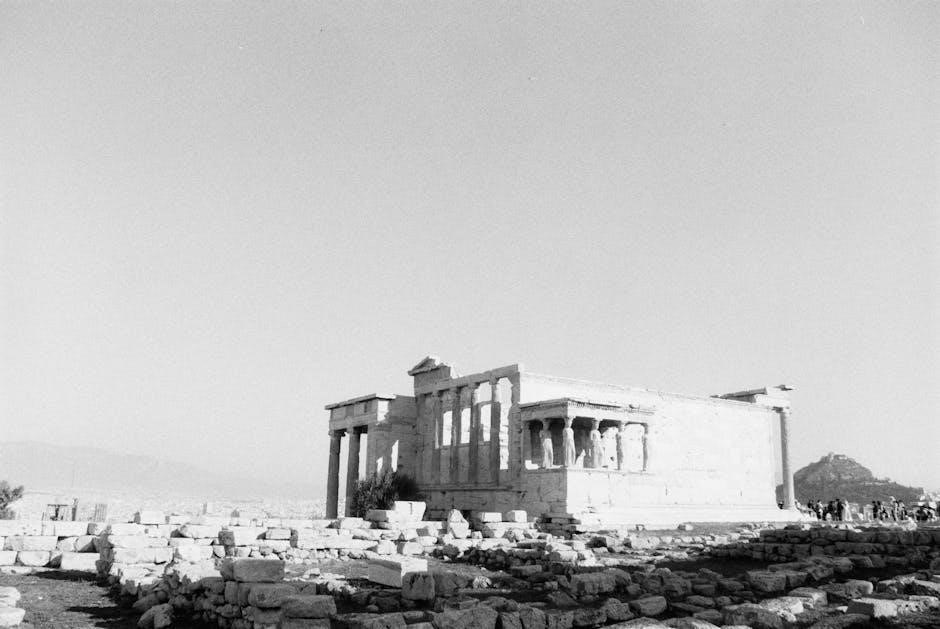
6.1 Managing Fragment Inventory
Effectively managing your fragment inventory is crucial for advancing in Cataclysm Classic Archaeology. As you excavate, you’ll accumulate fragments from various races, each requiring a specific number to complete artifacts. It’s essential to keep track of your fragments to avoid clutter and ensure you have enough to craft items. Regularly check your inventory and consider banking excess fragments to free up space. Additionally, prioritize which projects to complete based on their rewards and the fragments you have available. Organizing your fragments by race or rarity can also streamline the process, making it easier to identify what you need next.
6.2 Maximizing Keystone Usage
Keystone fragments are a valuable resource in Cataclysm Classic Archaeology, as they can significantly speed up the completion of projects. Each keystone doubles the speed of a project, allowing you to finish it in half the time. To maximize their use, focus on applying keystones to projects that require a large number of fragments, as this will save you the most time. Additionally, keystones can be used strategically to complete rare or high-demand projects quickly, ensuring you unlock valuable rewards sooner. Always prioritize using keystones on projects with the highest fragment requirements to optimize efficiency. By managing your keystone inventory wisely, you can streamline your Archaeology progress and make the most of your digging efforts.
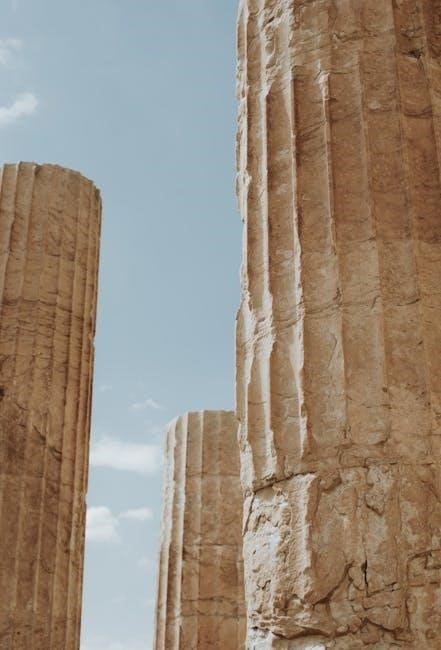
6.3 Optimizing Dig Site Selection
Optimizing dig site selection is crucial for efficient Archaeology progression in Cataclysm Classic. Focus on selecting sites that align with your current projects and fragment needs. Prioritize dig sites in zones with high concentrations of fragments for your active projects. Additionally, consider the rarity of fragments and the potential for discovering rare or unique items. Always survey thoroughly to identify high-yield areas within a site. Avoid unnecessary travel by focusing on zones close to your current location. By strategically choosing dig sites, you can minimize travel time and maximize fragment collection, ensuring a smoother Archaeology experience. This approach also helps in completing projects faster and unlocking rewards more efficiently.
Comparing Archaeology to Other Professions
Archaeology stands out among secondary professions in Cataclysm Classic, offering unique rewards and gameplay. Unlike crafting professions, it focuses on exploration and discovery rather than creation.
7.1 Archaeology vs. Other Secondary Professions
Archaeology differs significantly from other secondary professions in Cataclysm Classic. Unlike Cooking or Fishing, which focus on resource gathering and buff provision, Archaeology emphasizes exploration and discovery. While professions like First Aid provide utility in combat, Archaeology offers unique rewards such as rare gear and cosmetic items. Its gameplay revolves around surveying dig sites and piecing together fragments, making it distinct from crafting professions. This profession is ideal for players who enjoy lore and puzzles, as it unlocks stories about Azeroth’s past. Compared to other secondary professions, Archaeology provides a fresh and engaging experience, blending adventure with tangible in-game benefits.
7.2 Why Choose Archaeology?
Archaeology stands out as a unique and rewarding secondary profession in Cataclysm Classic. It offers exclusive rewards, including high-level gear, cosmetic items, and rare artifacts, making it a valuable choice for players seeking competitive equipment. Unlike other professions, Archaeology combines exploration, puzzle-solving, and lore discovery, providing a fresh gameplay experience. Players who enjoy uncovering Azeroth’s history will find it particularly engaging. Additionally, the profession is accessible to all characters, with no restrictions on class or specialization. For those looking to differentiate themselves, Archaeology provides a sense of adventure and discovery that other professions cannot match, making it a compelling choice for both casual and dedicated players.
Cataclysm Classic Archaeology offers a unique blend of exploration, strategy, and rewards, making it a standout secondary profession. By mastering the skill, players unlock exclusive gear and cosmetic items, enhancing their gameplay experience. The journey from level 1 to 525 requires patience and efficient strategies, but the payoff is well worth the effort. Whether you’re a lore enthusiast or a competitive player seeking top-tier equipment, Archaeology provides something for everyone. With its engaging mechanics and rich rewards, it remains a beloved aspect of the Cataclysm Classic experience, encouraging players to explore Azeroth’s history and uncover its hidden treasures.